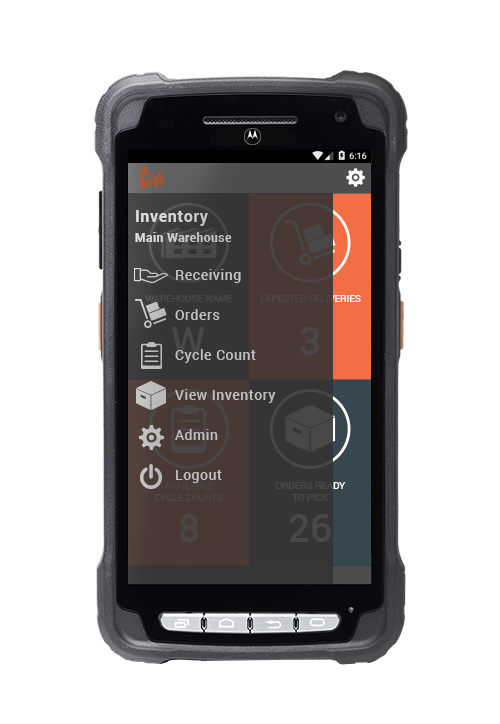
Kyubi System © is a business unit of Comercial Arqué S.A specialized in RFID technology.
T (34) 932 615 300
Email: info@kyubisystem.com
Kyubi System ©
Carretera del Mig, 54. Hospitalet de Llobregat, BARCELONA
CASE STUDIES
Radio Frequency Identification (RFID) is a technology that dates back to World War II, when it was used by the British to identify friendly or enemy aircraft using radar systems. However, its massive commercial development began in the mid-20th century, specifically in the 1970s, when research began to be conducted that led to the creation of more advanced and affordable RFID tags and readers. Since then, RFID technology has evolved significantly and has become an essential tool in various industries, such as logistics, retail, healthcare and manufacturing, thanks to its ability to improve traceability, operational efficiency and accuracy in data management.
RFID Data Capture
RFID data capture is a process that enables organizations to automate the collection of information and improve the accuracy and efficiency of their operations. This process is carried out through the following steps:
-
Tag Activation: When an RFID tag, which contains a chip and antenna, enters the range of an RFID reader, it emits a radio frequency signal. Passive tags, which have no battery, use the energy from this signal to activate, while active tags, which have an internal power source, can transmit signals continuously or when activated by a reader.
-
Data transmission: Once activated, the RFID tag sends the information stored on its chip to the reader. This information may include a unique identifier (UID), details about the object to which the tag is attached, or any other relevant data.
-
Reception and Processing: The RFID reader captures the data transmitted by the tag and sends it to a management system or database for processing. This data can be analyzed in real time, enabling applications such as inventory tracking, asset management, and access control.
-
Integration with Management Systems: Data captured by the RFID system can be integrated with enterprise management platforms, such as ERP or WMS, allowing for deeper analysis and decision making based on accurate and up-to-date data.
Benefits of RFID Data Capture
-
Automation and Efficiency: RFID data capture eliminates the need for manual barcode scanning, speeding up processes and reducing the possibility of human error.
-
Improved Accuracy: RFID technology enables accurate and reliable data capture, even in environments where direct line-of-sight is not possible.
-
Complete Traceability: RFID facilitates complete tracking of a product or asset from its origin to its final destination, which is crucial in supply chains and industrial environments.
In summary, RFID technology, from its origins in the 1940s to its commercial development in the 1970s, has revolutionized data capture and traceability in multiple industries. Its ability to optimize data management and improve operational efficiency makes it an essential tool in the modern world.
